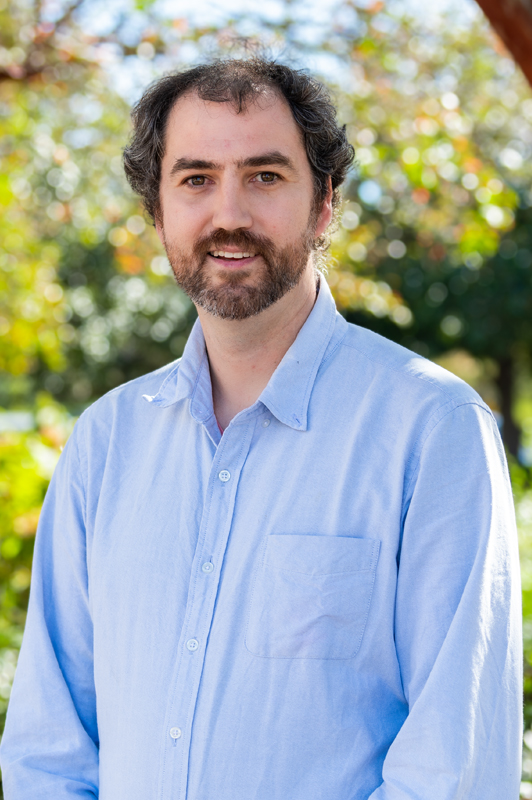CPAC gives used 3D printing filament new life through recycling program
Published: Apr 21, 2023 12:50 PM
By Cassie Montgomery
As the saying goes: reduce, reuse, recycle. But what does that mean in the world of 3D printing? The Center for Polymers and Advanced Composites (CPAC) has plans to find out with a newly launched 3D printing filament recycling program titled “ReMake,” launched in conjunction with the Auburn University Waste Reduction and Recycling Department.
There are many laboratories across the Auburn University campus utilizing additive manufacturing or 3D printing for various research and instructional purposes. The process generates a sizable amount of waste material that is ripe for reuse.
“Nearly all materials on campus that go into the waste and recycling bins are trucked off campus for disposal and processing,” said Jesse Teel, coordinator of waste reduction and recycling on campus. “The miles those materials travel make for a larger carbon footprint. Processing 3D waste on campus creates a closed loop for that material without adding miles, which reduces carbon production and waste overall.”
Teel approached Bryan Beckingham, CPAC director and associate professor of chemical engineering, with the idea of recycling the excess 3D printing filament and for Beckingham, the answer was obvious.
“Through ReMake, CPAC is helping breathe new life into this material that was previously being discarded,” he said. “The recycled material isn’t as high quality as new filament, but we are in the process of studying the mechanical properties of the recycled filament in comparison to new filament to identify the best uses for this product.”
Two CPAC researchers – Yoorae Noh, a chemical engineering post-doctoral fellow, and Maggie Nelson, a senior in aerospace engineering – are working to publicize the effort to labs across campus and even to other institutions such as Southern Union State Community College, as well as process the material in the lab as it comes in.
“Working with polymers in engineering, sustainability is a primary concern that demands consideration from the material’s production, use and eventual disposal. With on-campus additive manufacturing labs, there is an immense amount of waste produced from prototyping, teaching and just frequent use in general,” Nelson said. “Rather than contributing to massive amounts of waste, we can help establish a sustainable material infrastructure for filament at Auburn. We can recycle 3D printing filament easily with the facilities established at CPAC and then redistribute the filament for subsequent use. This allows us to repurpose what would have been waste and encourage a circular economy on Auburn’s campus.”
Noh is taking the lead on the comparison research study. She explained that the team is in the first stage of the project, focusing on the polylactic acid, or PLA material, and providing a staging area in the Gavin Laboratory building where the discarded filament can be collected to be recycled.
“The process we are using is as follows: after collection, we internally re-sort the materials and grind them to a proper size. Then, we do a pre-treatment (such as drying), extrude and spool the recycled filament,” she said. “Primary 3D printing is used for making prototypes and daily objects. Once we set up the recycling loop system with the waste, we can save a huge amount of 3D printer waste and cost.”
Once the mechanical properties of the recycled product are better understood, the team plans to redistribute the recycled filament back to additive manufacturing facilities across campus.
“Right now, our goal is to utilize our recycled products on campus through student design projects or for making prototypes, for example. After figuring out the exact physical and mechanical properties of recycled filament, we can set our scope of distribution,” Noh said.
According to Nelson, the benefits of the program are two-fold: promoting sustainable practices on campus while also saving on material expenses in the long-run.
“Rather than allotting large portions of budgets to purchasing new filament, facilities like the Makerspace can redistribute those funds to further develop their lab with new equipment or outreach initiatives,” Nelson said. “The recycled filament will also contribute to promoting sustainable practices and alternative sources for materials in labs.”
Media Contact: , cmontgomery@auburn.edu, 334.844.3668

